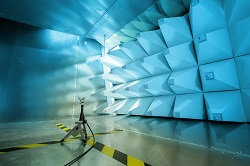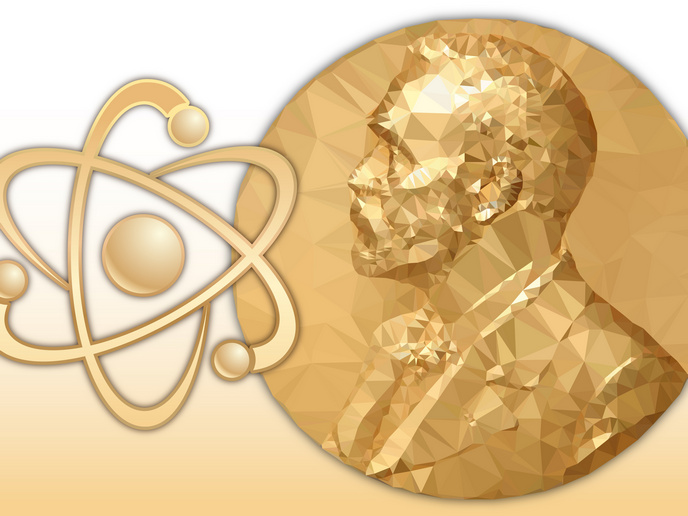Physicists use waveguides to boost the practical potential of Terahertz spectroscopy
The future deployment of compact THz spectroscopy systems has come one step closer thanks to the EU-funded THEIA project. The team has developed a system that can operate with waves confined in waveguides. The key is the ability to generate and process THz waves directly inside the waveguide, which has been developed as part of the THEIA project. Terahertz radiation, which sits on the electromagnetic spectrum between optical and microwaves, has unique properties. “Many complex materials of interest possess unique spectral ‘fingerprints’ in the THz spectrum. This means THz radiation can be used to recognise very complex compounds like polymers, amino acid, proteins, drugs or explosives,” says Professor Marco Peccianti, THEIA’s main researcher and professor of photonics at the UK’s Sussex University. Cloth, textiles and many forms of packaging are transparent to THz which can serve a similar security purpose to X-rays. Unlike X-rays however, THz radiation is non-ionising and generally harmless to human health. Although knowledge of the potential of THz waves has been around for a while, THz only became a realistic option for scientists with the advent of advanced laser technology, such as ultrafast lasers, in the 1980s. Over the past 30 years, THz waves have unlocked new ways to probe the natural world. Placing THz inside the pipe THEIA has explored how to integrate waveguides into THz spectrometers. “Normally you generate a THz wave then you couple it in a waveguide using a lens or other optical components. THEIA has explored the alternative approach of generating the THz wave inside the waveguide and performing many of the functions of a normal spectrometer directly inside it,” says Prof. Peccianti. This not only delivers a THz signal where needed, but also serves to remove many bulky elements. “Potentially this would enable the technique to be used in ways that would previously have been impossible,” he says. THEIA has developed various strategies towards this goal, including a new design, known as a two-wire THz transmitter, which consists of a two-wire waveguide electrically coupled to a THz photo-conducting antenna. Smaller, more efficient devices Terahertz technology is still in its infancy compared to fields such as microwave or optics. Only a few companies currently commercialise applications for real-world use and their solutions tend to be very bulky. The THEIA team aims to improve efficiency and enable smaller devices in future. “What we are trying to do is to shrink the apparatus required for THz spectroscopy for use in different engineering fields or for medical apps; in future, you might have a pen you could use to touch the skin to diagnose a pathology. Or you might be able to attach a small probe to a wall to diagnose its integrity,” says Prof. Peccianti. Funding from THEIA also contributed to establishing the Emergent Photonics Lab Prof. Peccianti co-founded with fellow scientist Alessia Pasquazi in early 2015. “The lab is a community of about 15 researchers which is already a terrific result. Before THEIA, Photonics didn’t exist at Sussex,” says Prof. Peccianti. His team is now looking to harness the capacity of THz to accurately identify complex objects by building a THz microscope under the ongoing EU-funded project TIMING.
Keywords
THEIA, Terahertz, Terahertz spectroscopy, waveguide







